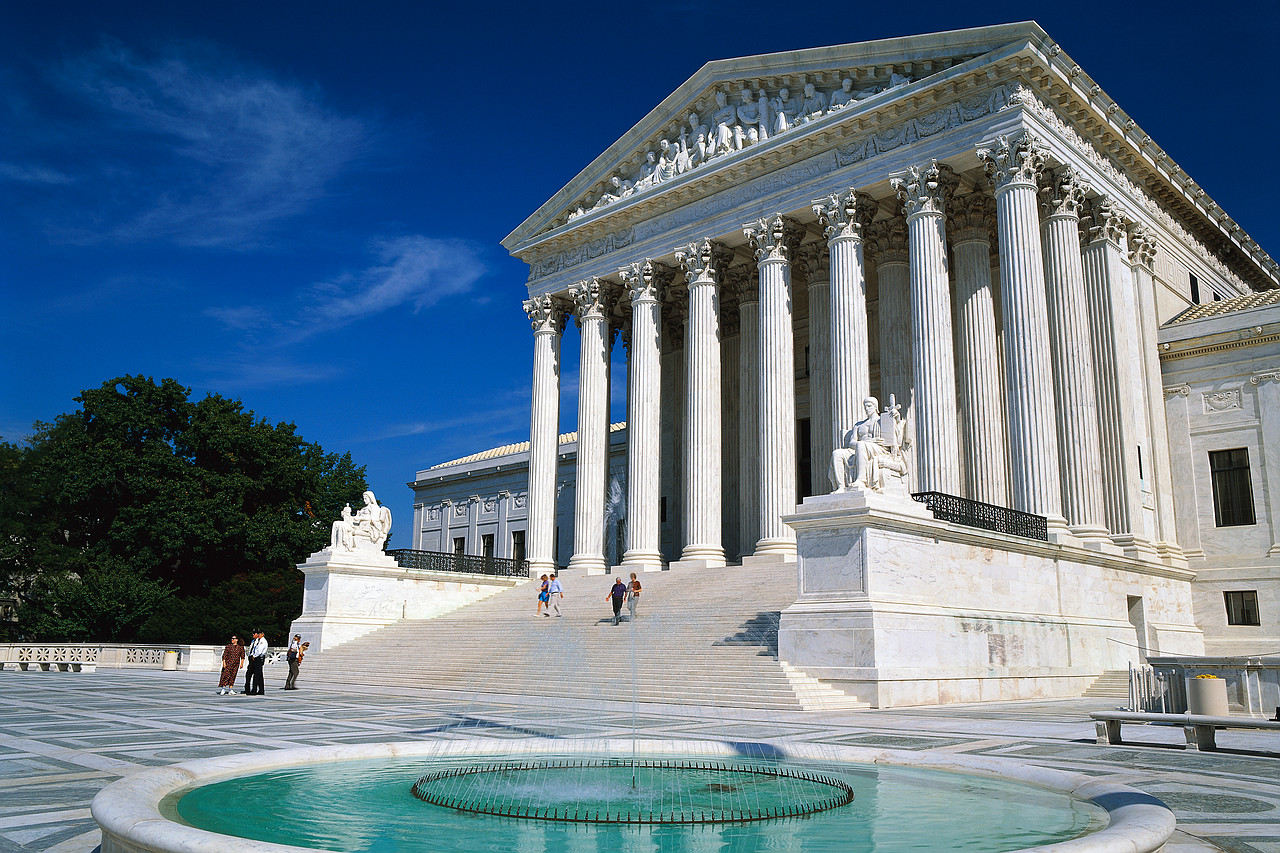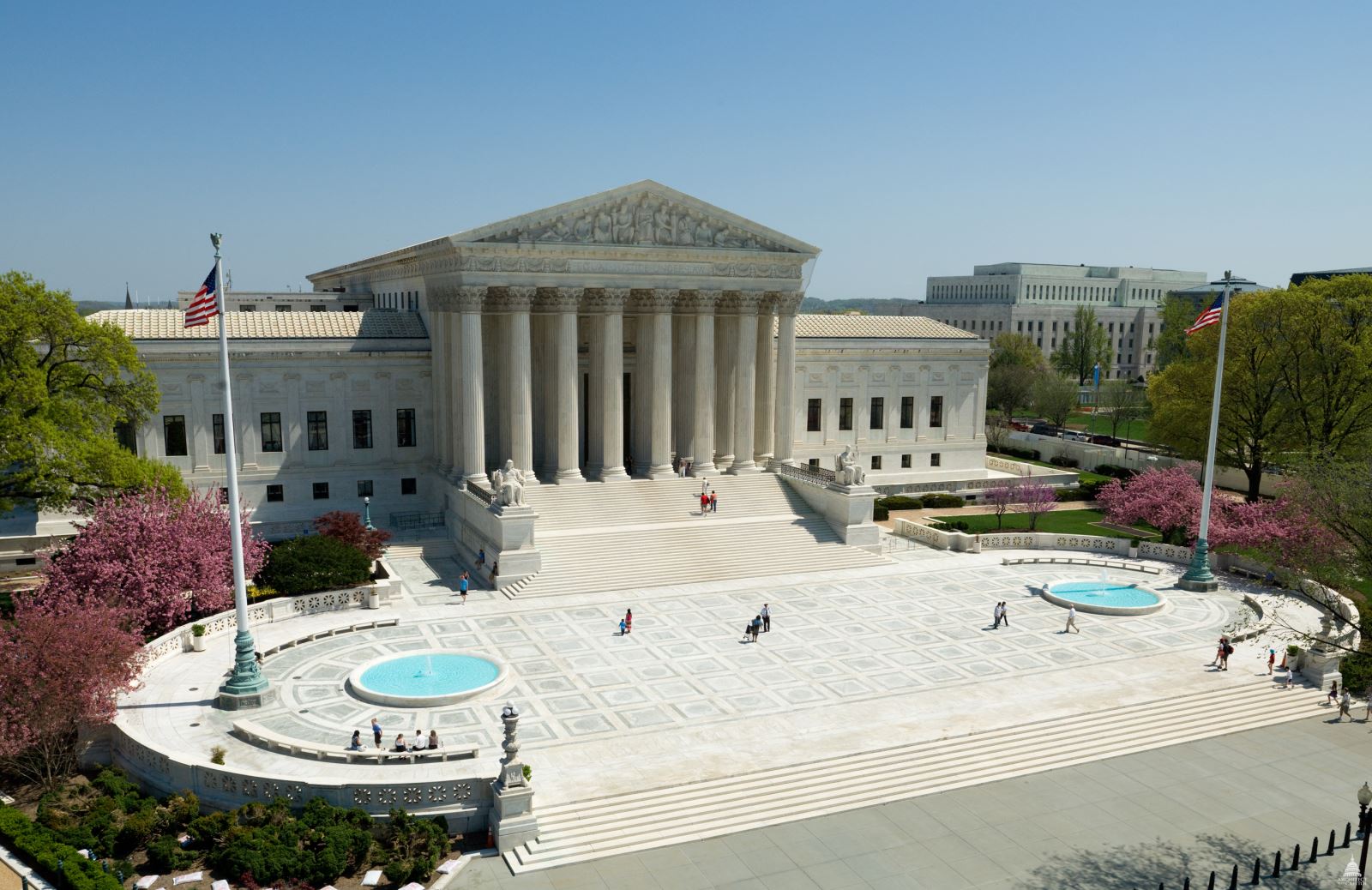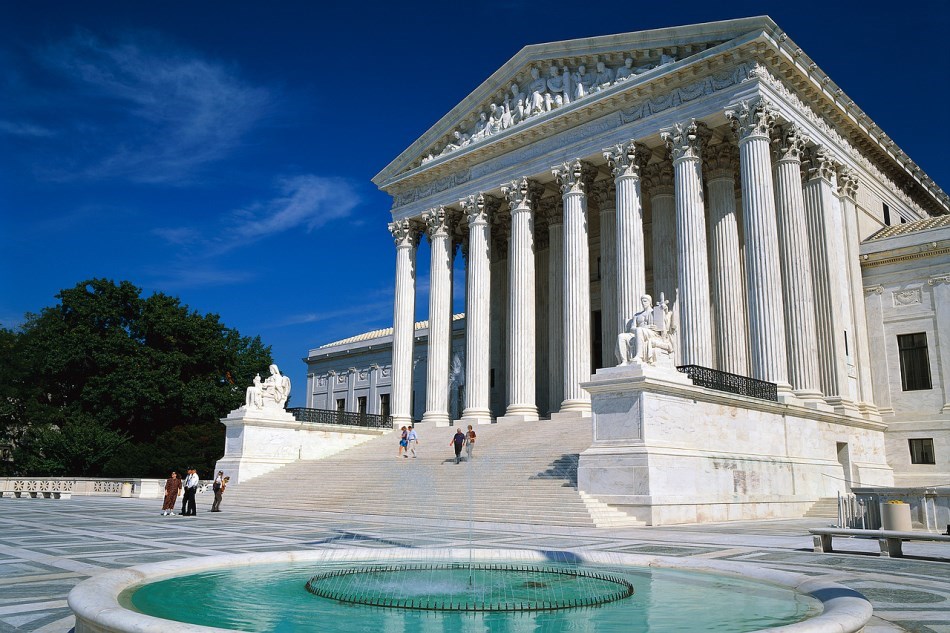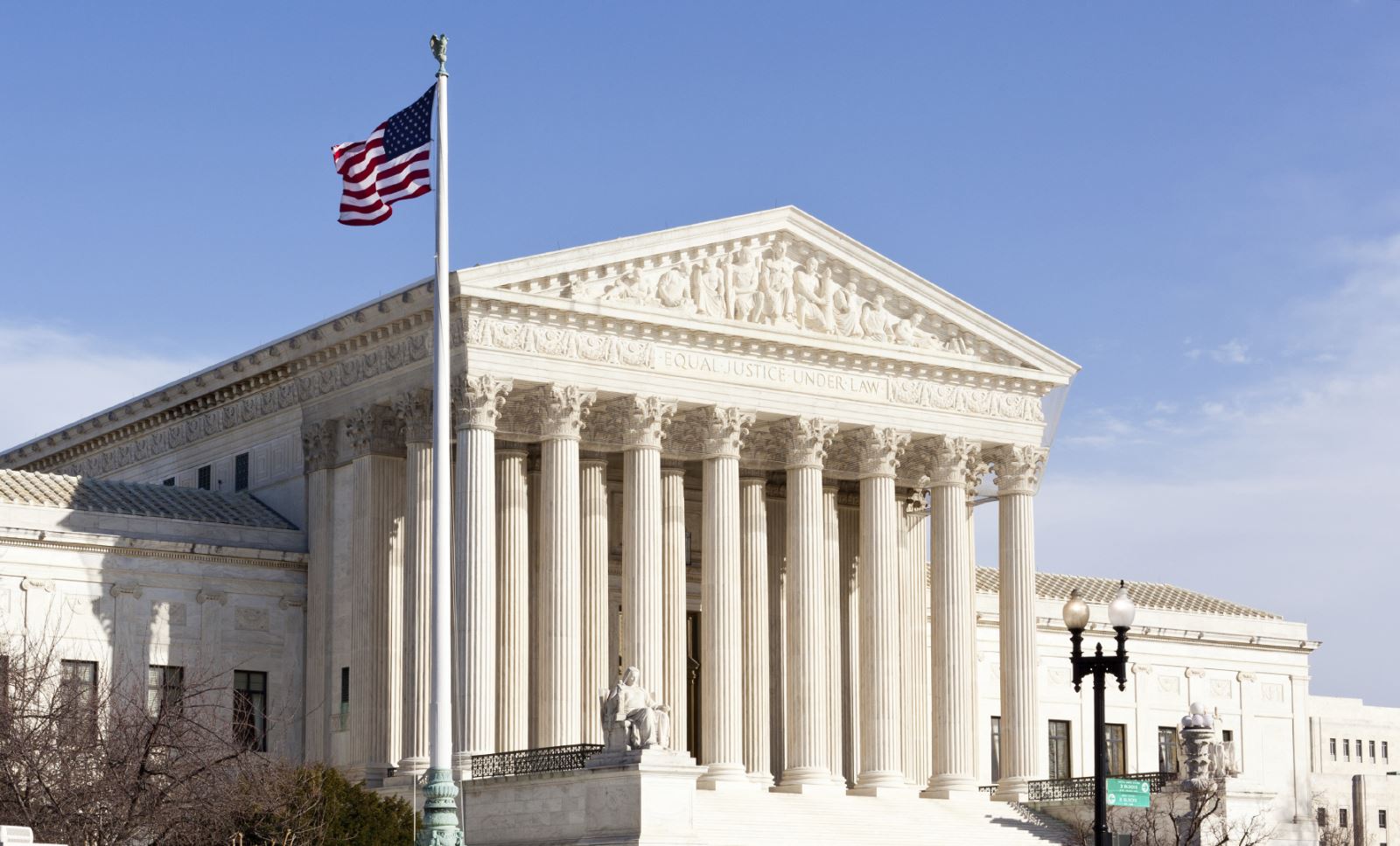
Established pursuant to Article Three of the United States Constitution in 1789, it has ultimate (and largely discretionary) appellate jurisdiction over all federal courts and state courtcases involving issues of federal law plus original jurisdiction over a small range of cases. In the legal system of the United States, the Supreme Court is generally the final interpreter of federal law including the United States Constitution, but it may act only within the context of a case in which it has jurisdiction. The Court may decide cases having political overtones but does not have power to decide nonjusticiable political questions, and its enforcement arm is in the executive rather than judicial branch of government.

According to federal statute, the Court normally consists of the Chief Justice of the United States and eight associate justices who are nominated by the President and confirmed by the Senate. Once appointed, justices have lifetime tenure unless they resign, retire, or are removed after impeachment (though no justice has ever been removed). In modern discourse, the justices are often categorized as having conservative, moderate, or liberal philosophies of law and of judicial interpretation. Each justice has one vote, and it is worth noting that while a far greater number of cases in recent history have been decided unanimously, decisions in cases of the highest profile have often come down to just one single vote, thereby exposing the justices' ideological beliefs that track with those philosophical or political categories. The Court meets in the Supreme Court Building in Washington, D.C.
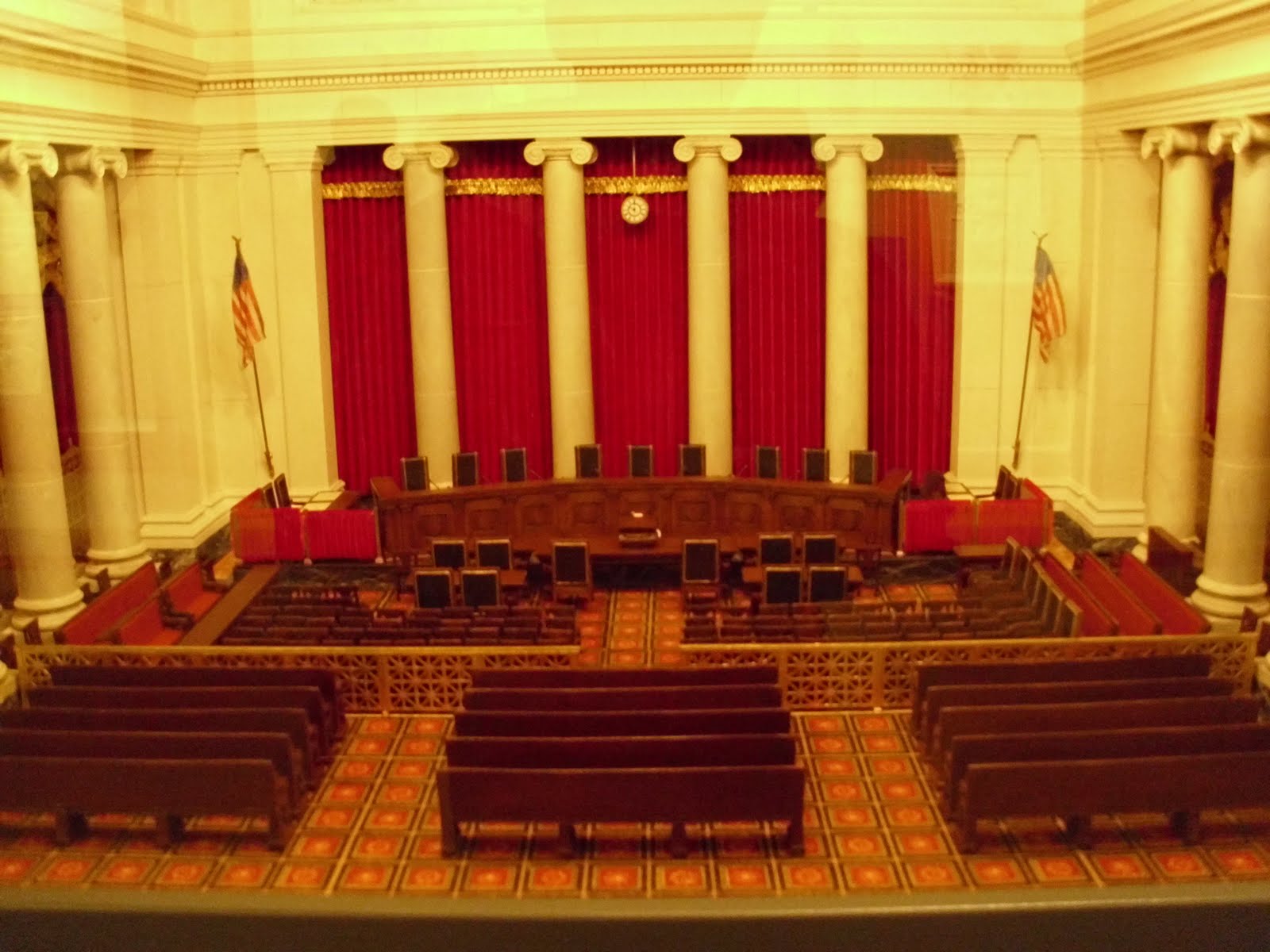
The Supreme Court is sometimes colloquially referred to as SCOTUS (Supreme Court of the United States) similar to and in line with other acronyms such as POTUS (President of the United States).
